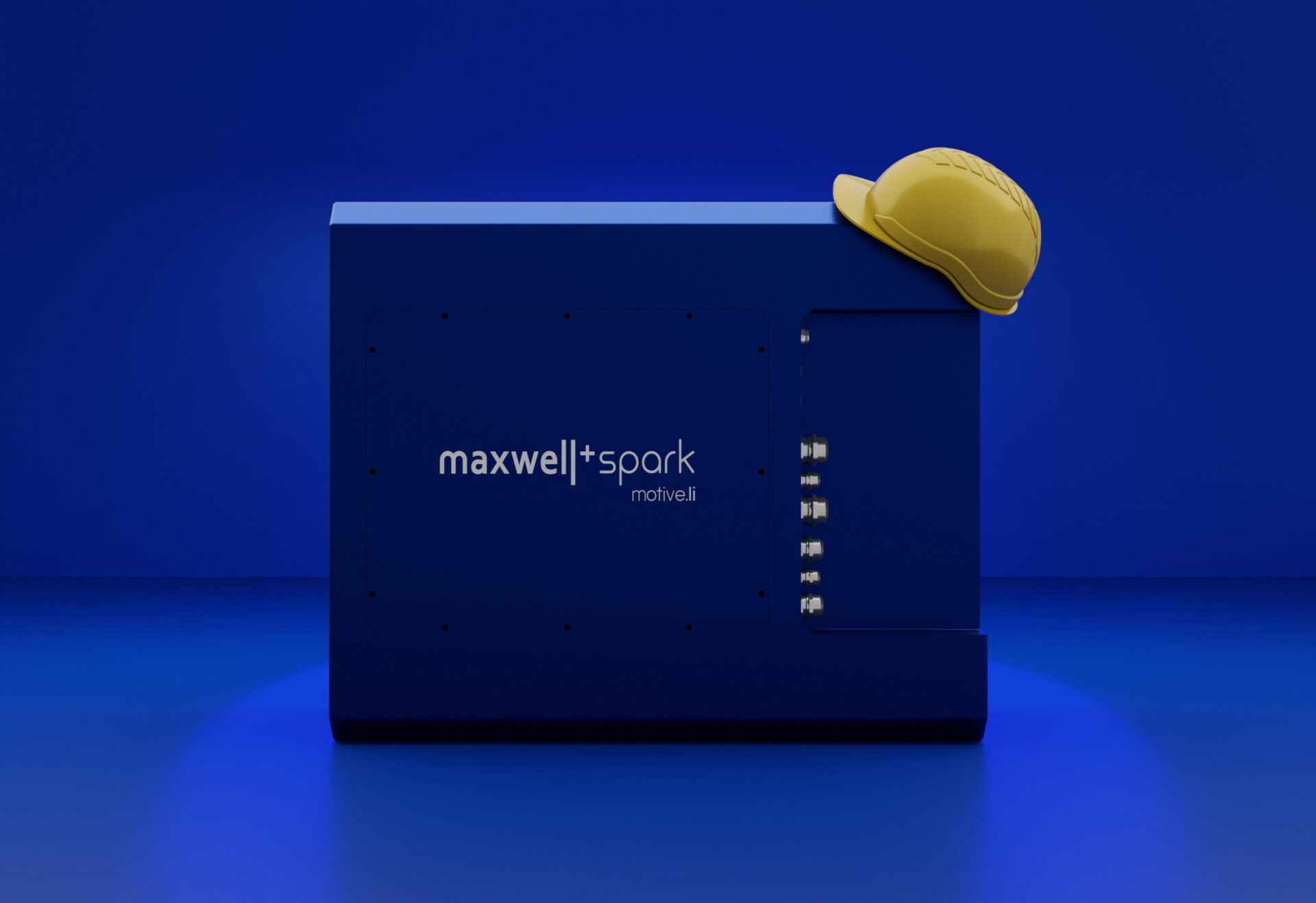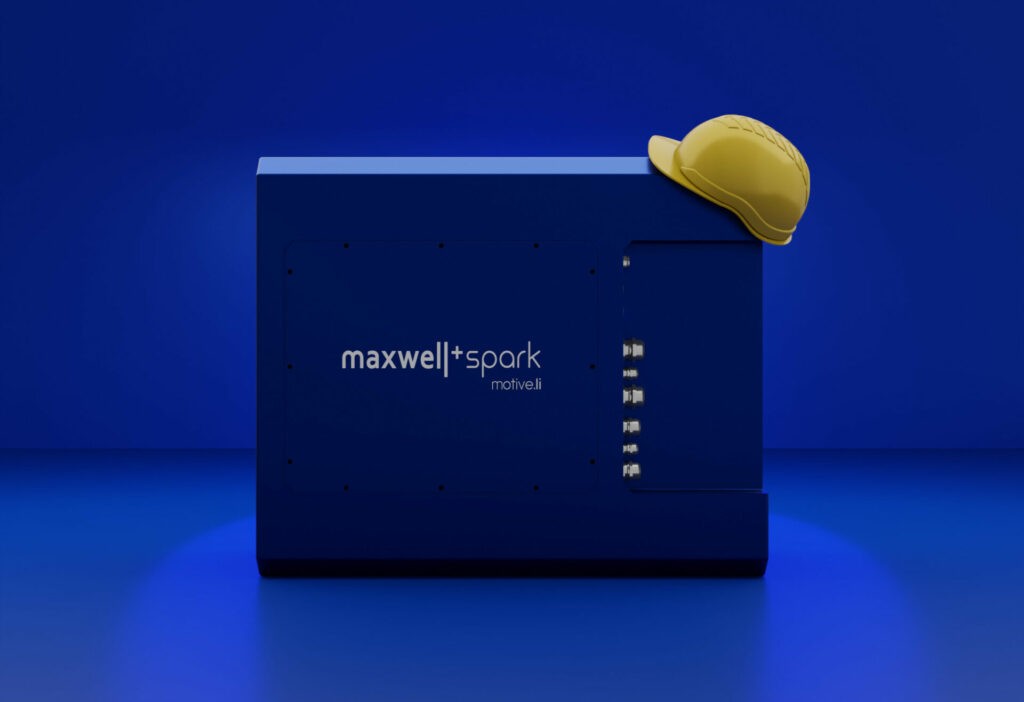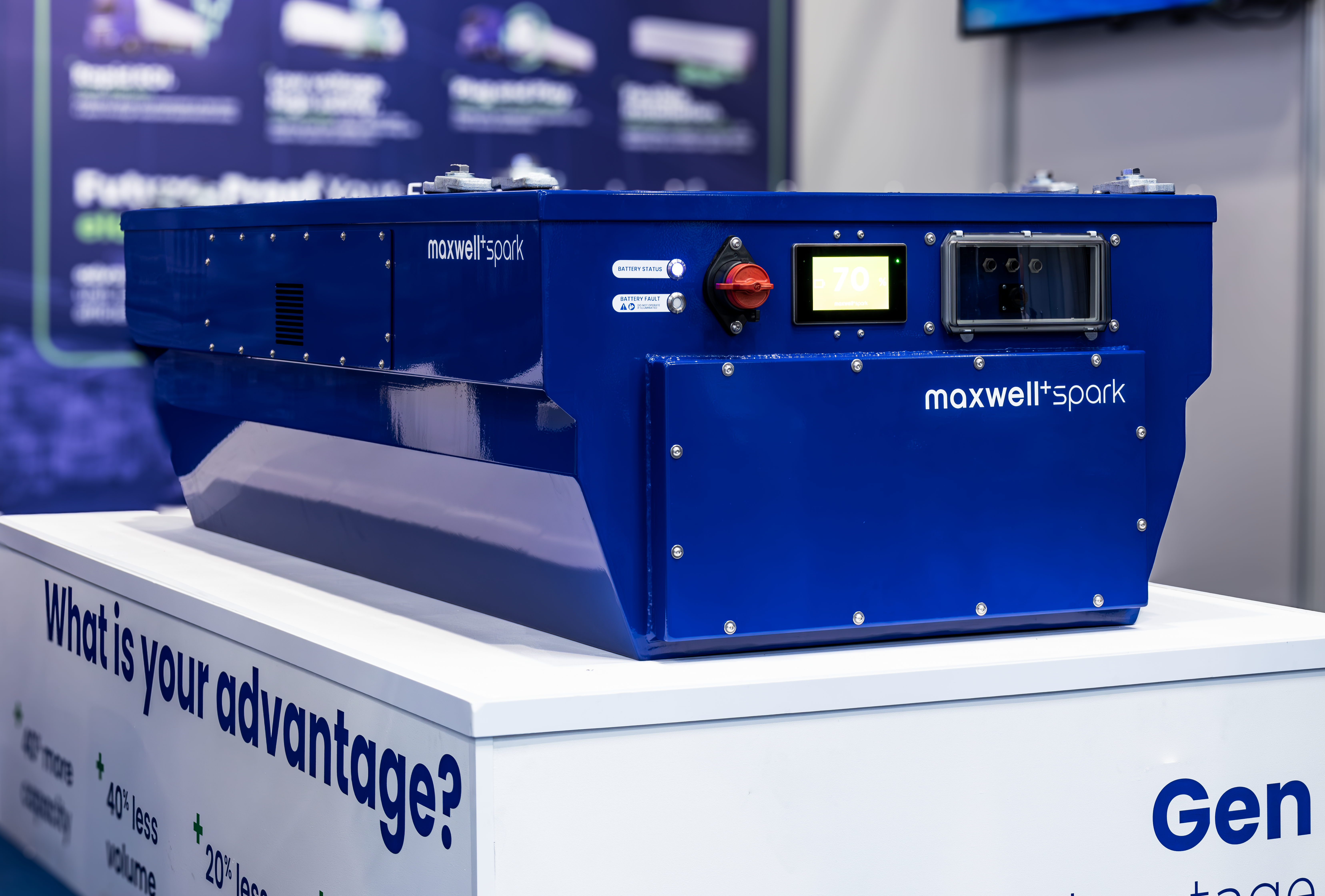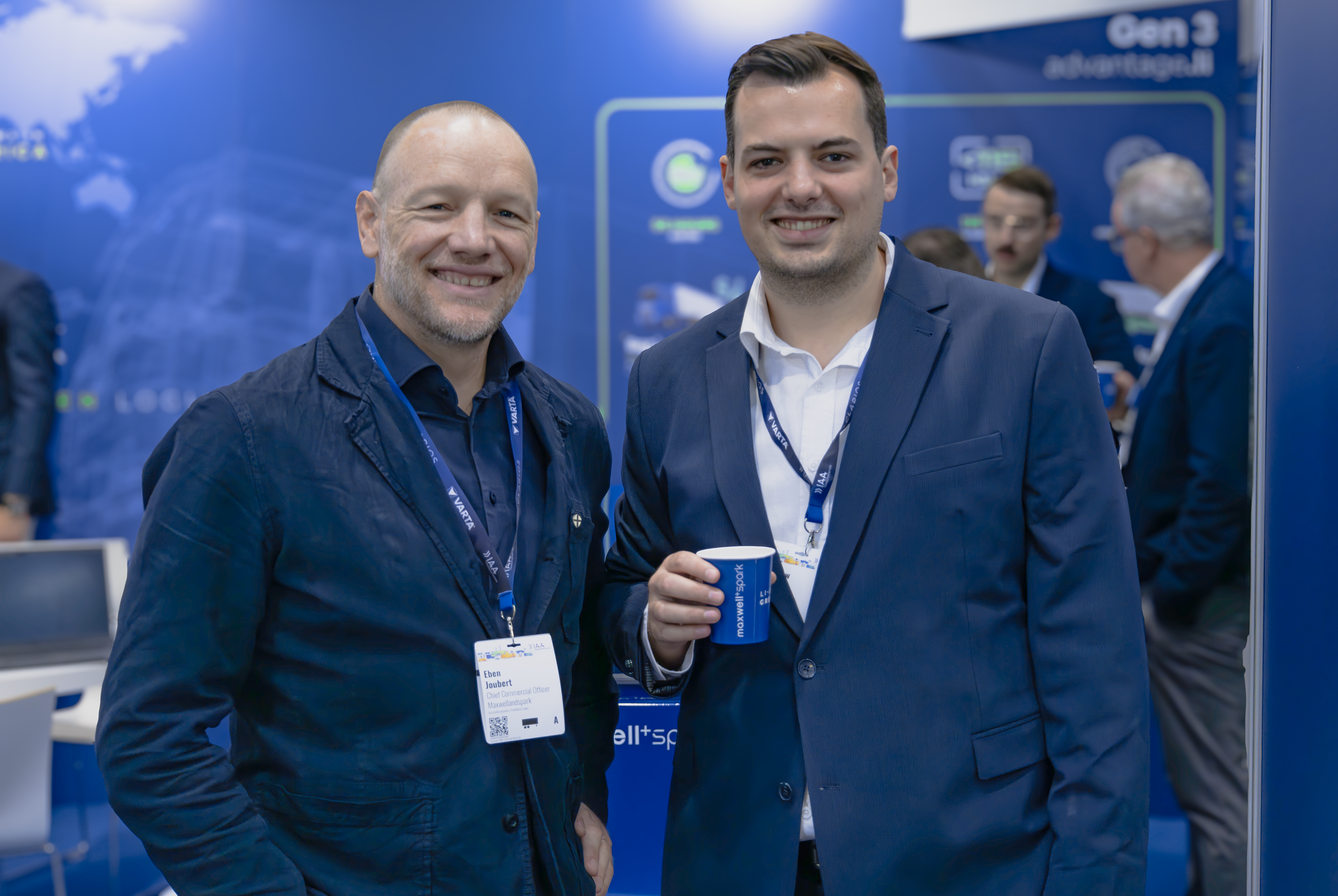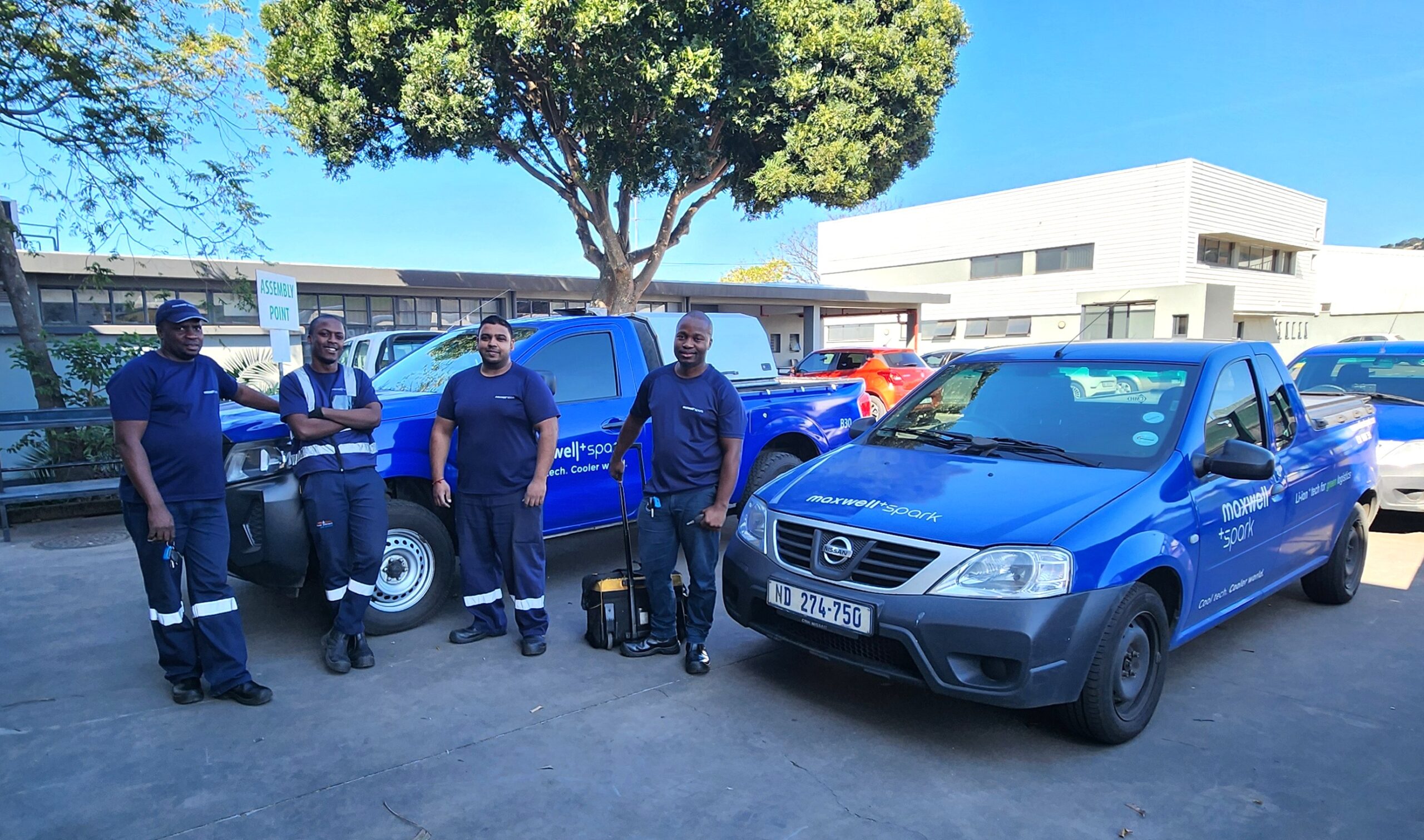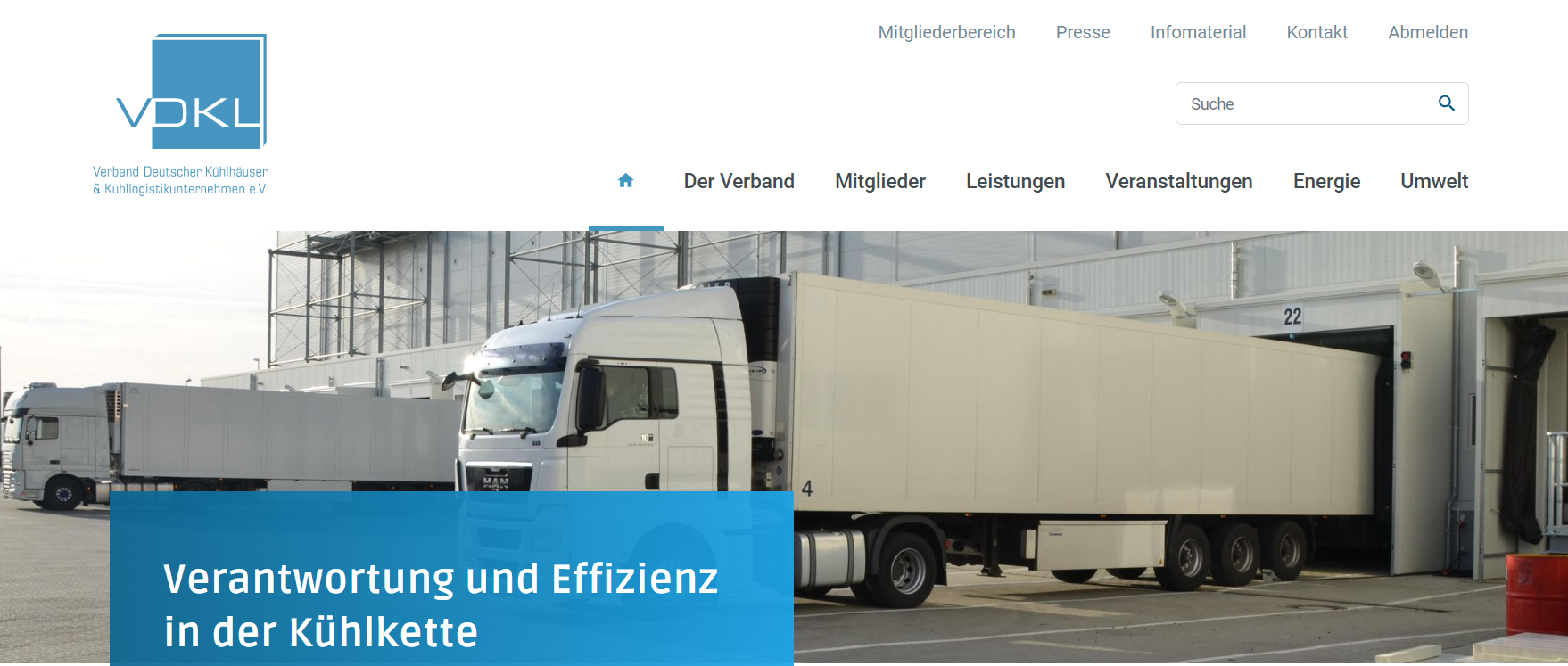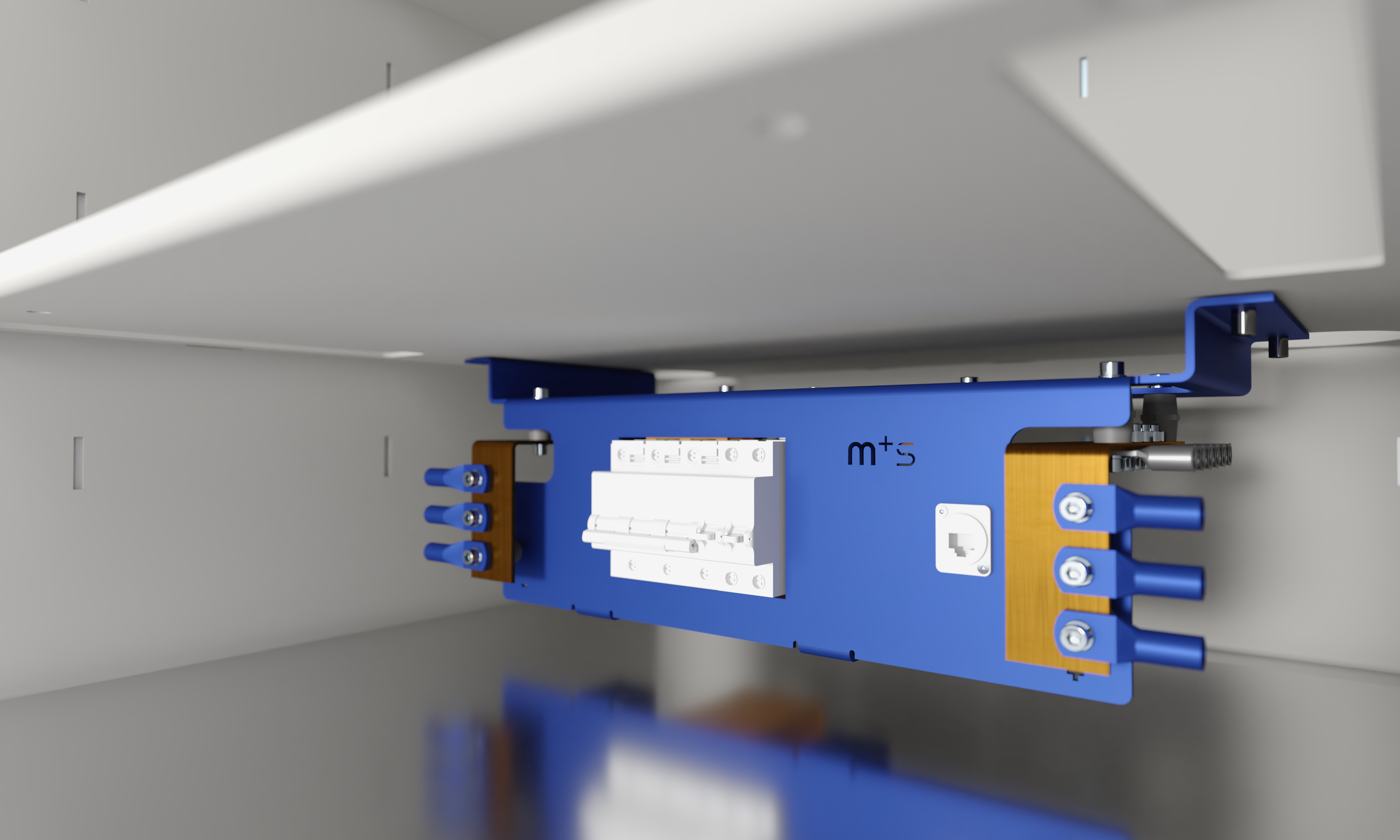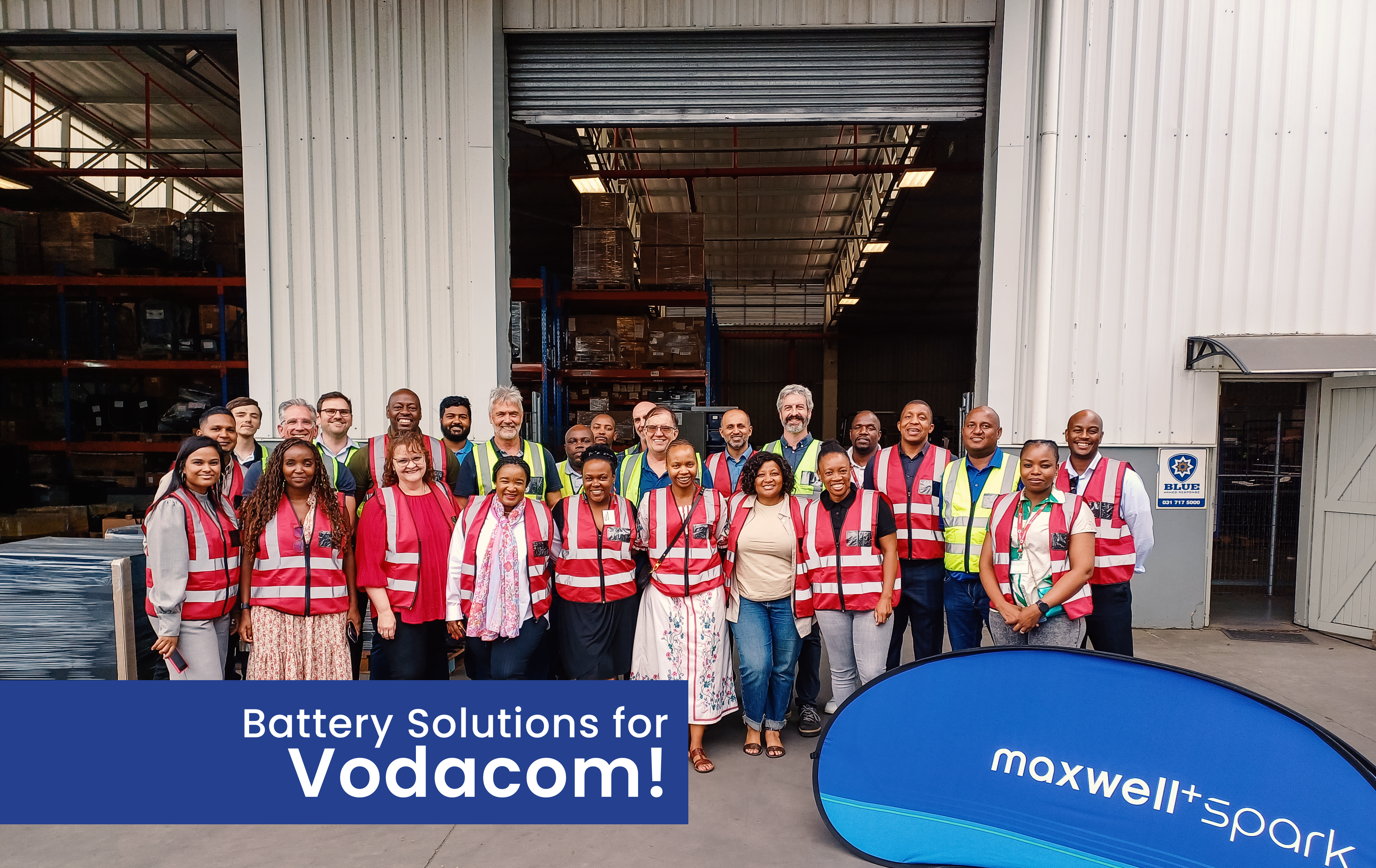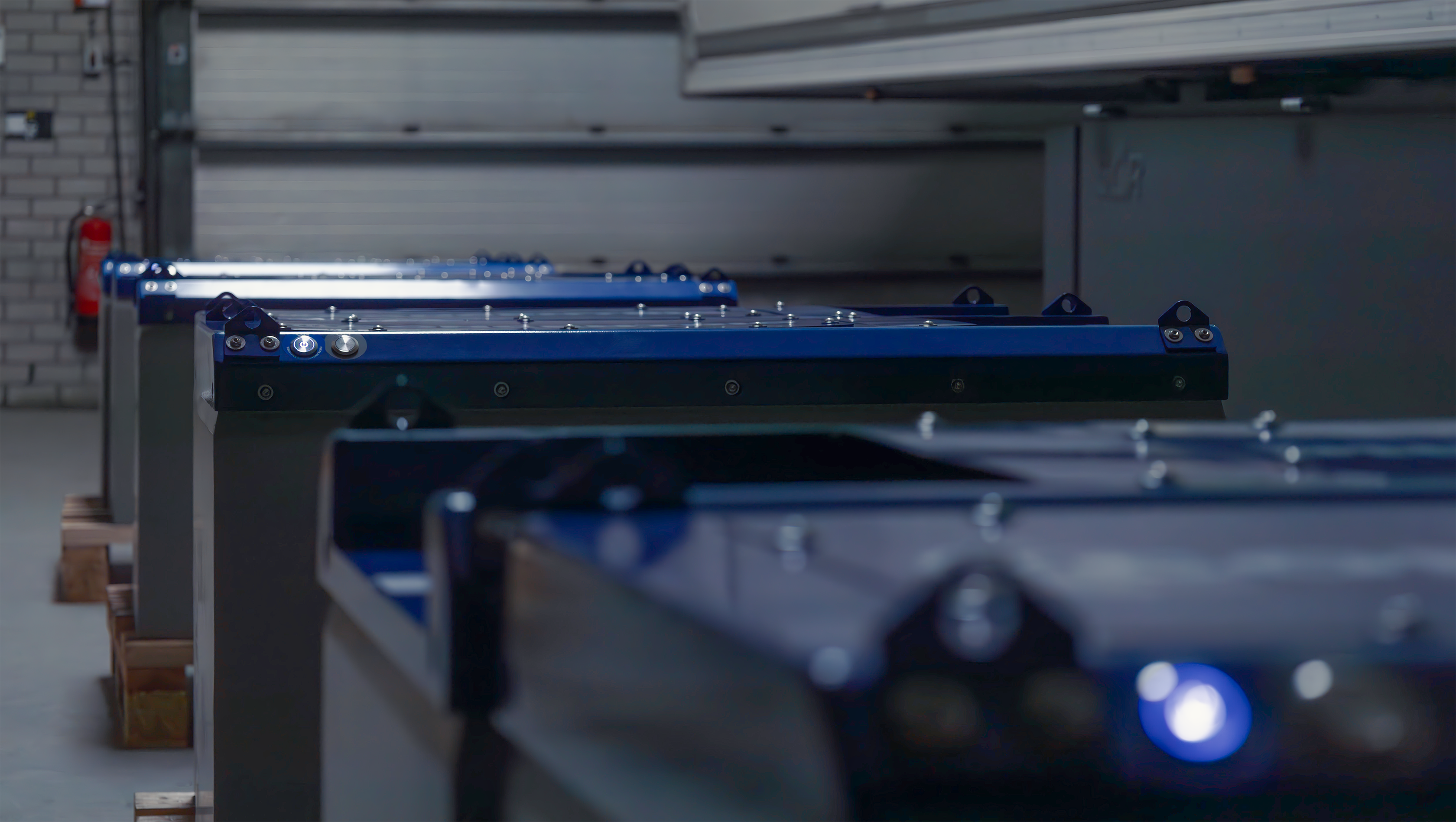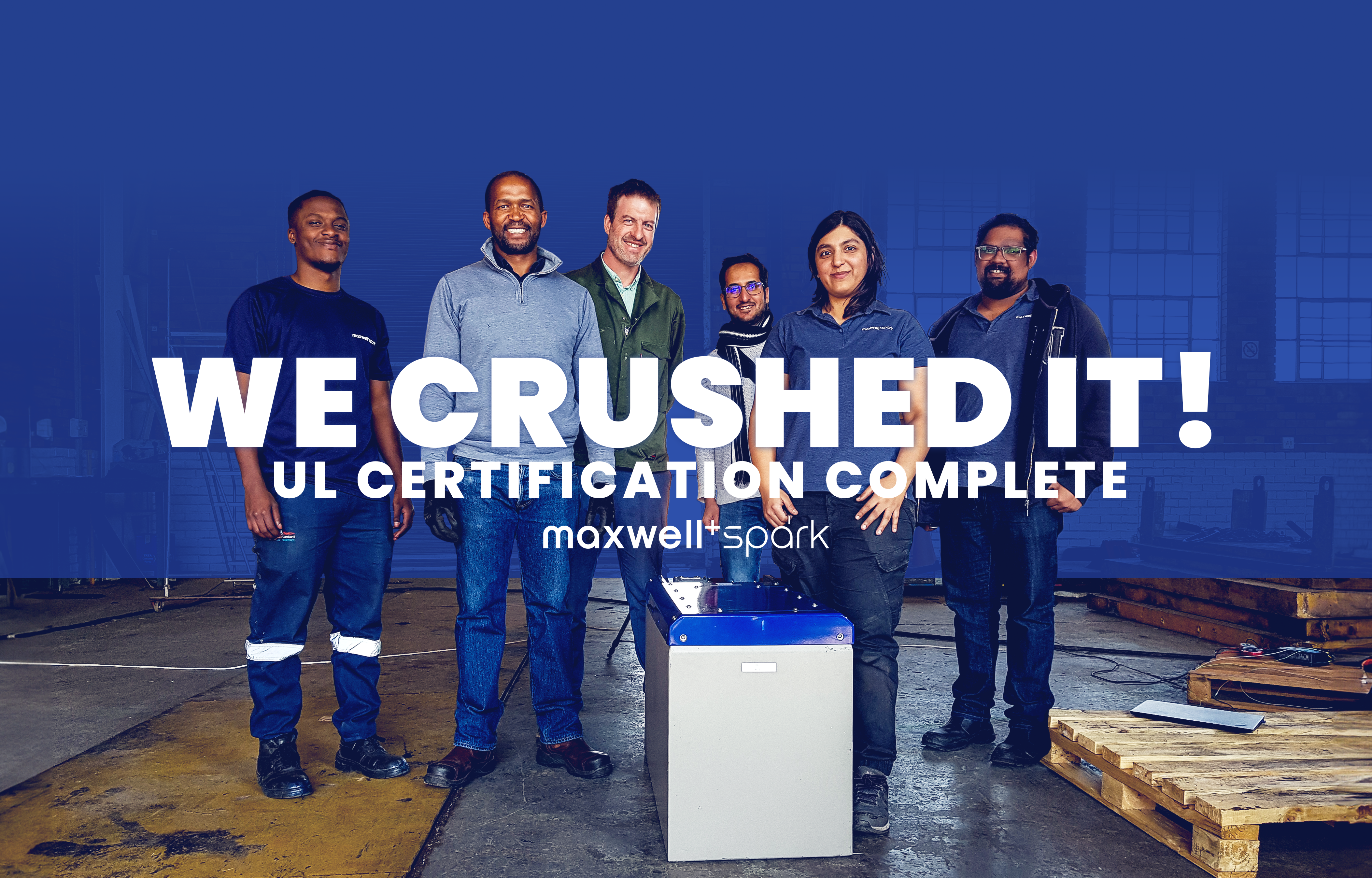Efficiency, reliability and safety are qualities that are essential for batteries in both the consumer and industrial space. Since the increase of lithium-ion battery penetration into the consumer goods sector in the mid-2000s, and the accompanying increase in portable devices, battery failures have received much public attention. As these failures are relatively few, is the attention warranted?
Safety is at the foundation of what maxwell+spark does, from design to production and after-sales, so we thought we would take a look into the background and safety of lithium-ion batteries over the last few decades.
While the first work into the field of lithium batteries began in 1912, it was only in the 1970s that the first non-rechargeable lithium batteries became commercially available. The 80s brought the early development of rechargeable ones. The benefit of lithium was higher energy density, which gave it the advantage over lead acid batteries and other chemistries, but the inherent instability of lithium as a metal (especially during charging) remained a big challenge. One of the biggest threats was thermal runaway, as the temperature could rise quickly to the melting point of the metallic lithium, leading to fire.
This risk resulted in the research shifting from lithium metal to non-metallic lithium ions. Non-metallic lithium ions are much safer and today lithium-ion is one of the most successful and safe battery chemistries around. Lithium-ion cells hold twice the energy of nickel-based batteries and at least four-times that of lead acid. Additional benefits are low maintenance and very long life.
As with any type of energy storage, higher energy density does carry some increased risk. The manufacturing process has become critical to battery safety. With a separator thickness of around 25 µm any small intrusion, for example, metallic dust particles can result in dangerous consequences. Heat-related failures are taken very seriously, leading to the recall of products like laptops and cell phones, despite these failures being rare.
Safety and reliability are achieved through three layers of protection during the manufacturing process. Firstly, by limiting the amount of active material to balance energy density with safety. Secondly, by the inclusion of various safety mechanisms within the cell itself; and thirdly, through the addition of mechanical, electrical and electronic monitoring, control and protection in the battery pack.
At maxwell+spark we take safety and longevity, and our environment extremely seriously. This means, for example, using at least two layers of protection at all levels of the battery packs we build, including redundancy in all electronic control and all electrical protection systems, and intimately incorporating telematic monitoring into all aspects of the packs; and we only use components from the world’s most respected manufacturers to build these systems. Each battery we build also incorporates at least one form of unique maxwell+spark intellectual property towards improved safety and longevity. We also avoid the use of toxic and often unethically mined Cobalt in our volume production battery systems, a topic that we will explore further in a future article.
With increasing benefits and decreasing risks, lithium ion remains an efficient, reliable and safe solution to powering devices and machines in both the industrial and consumer markets.
